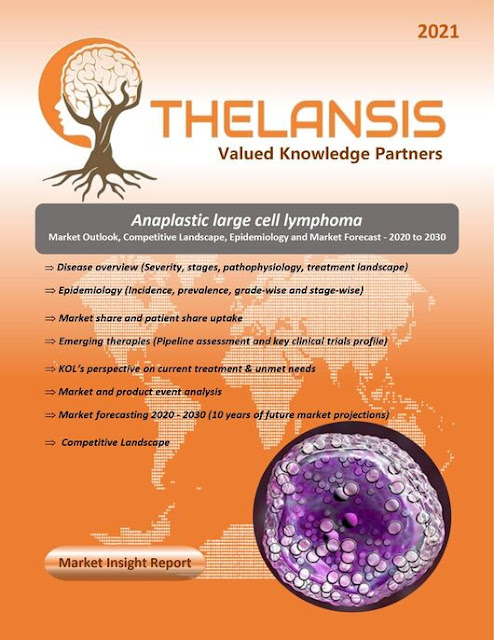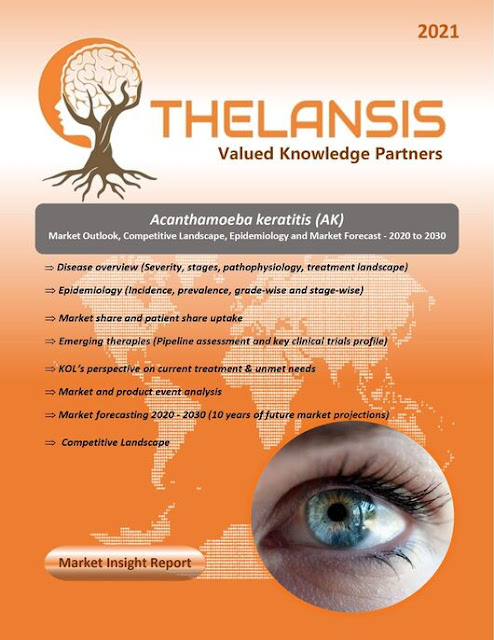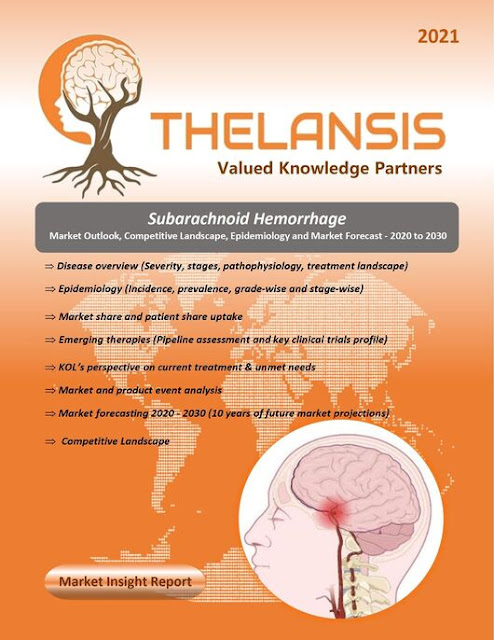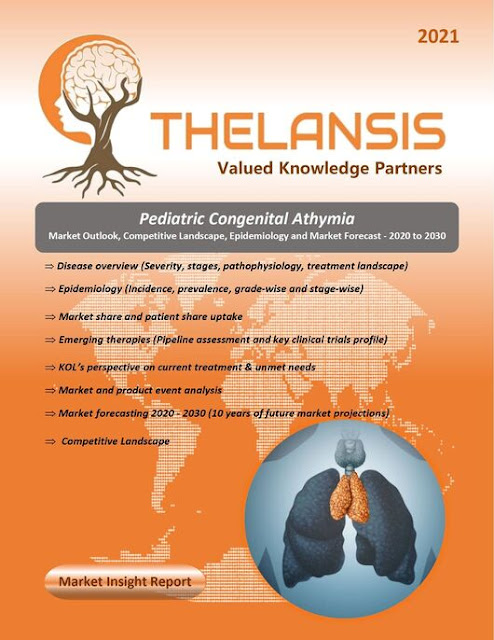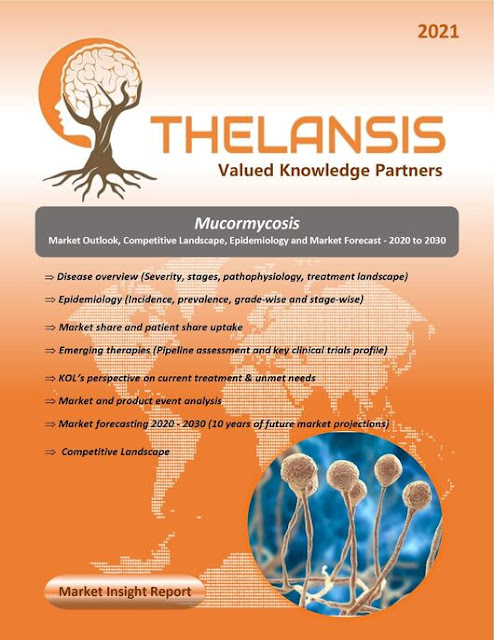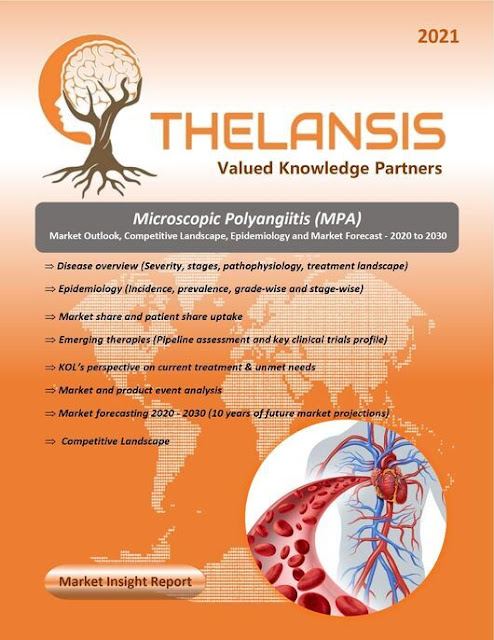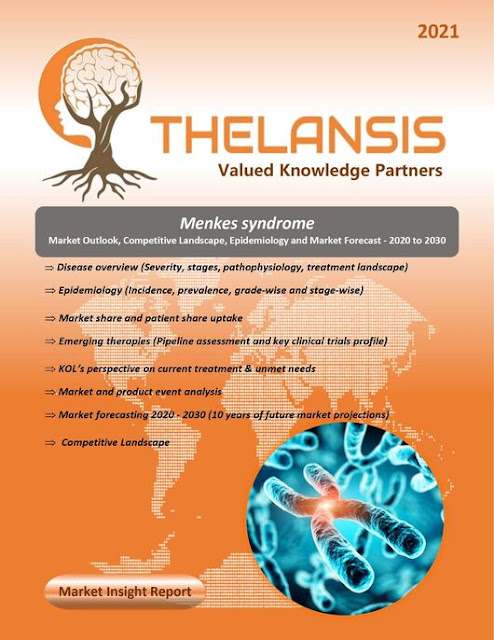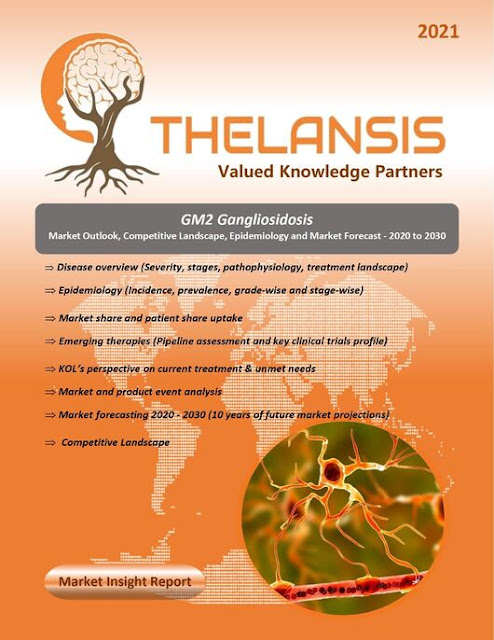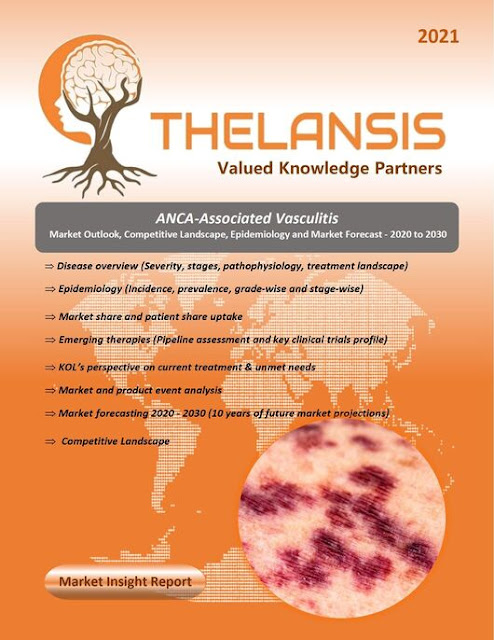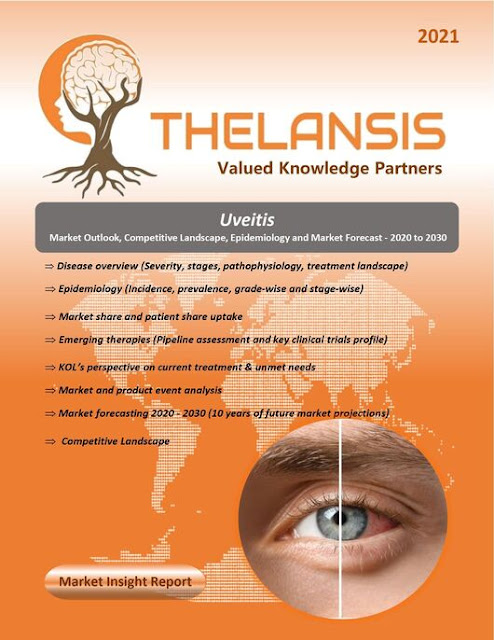Ectodermal Dysplasia (ED) – Market outlook, Epidemiology, Competitive Landscape and Market Forecast Report – 2020 To 2030

Ectodermal dysplasias (ED) are a group of more than 180 disorders that affect the outer layer of tissue of the embryo (ectoderm) that helps make up the skin, sweat glands, hair, teeth, and nails. Etiology- Mutations in EDA, EDAR, EDARADD, and WNT10A. EDA genes are the most common cause of the disorder, accounting for more than half of all cases. Epidemiology- Hypohidrotic ectodermal dysplasia is the most common form of ectodermal dysplasia. It is estimated to occur in 1 in 20,000 newborns worldwide. The competitive landscape of Ectodermal Dysplasia (ED) includes country-specific approved as well as pipeline therapies. Any asset/product-specific designation or review and Accelerated Approval are being tracked and supplemented with analyst commentary. KOLs insights of Ectodermal Dysplasia (ED) across 8 MM market from the centre of Excellence/ Public/ Private hospitals participated in the study. Insights around current treatment landscape, epidemiology, clinica

